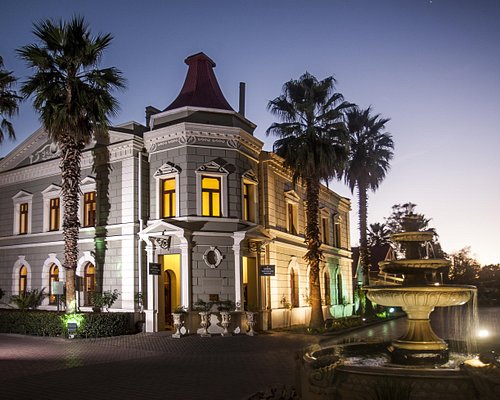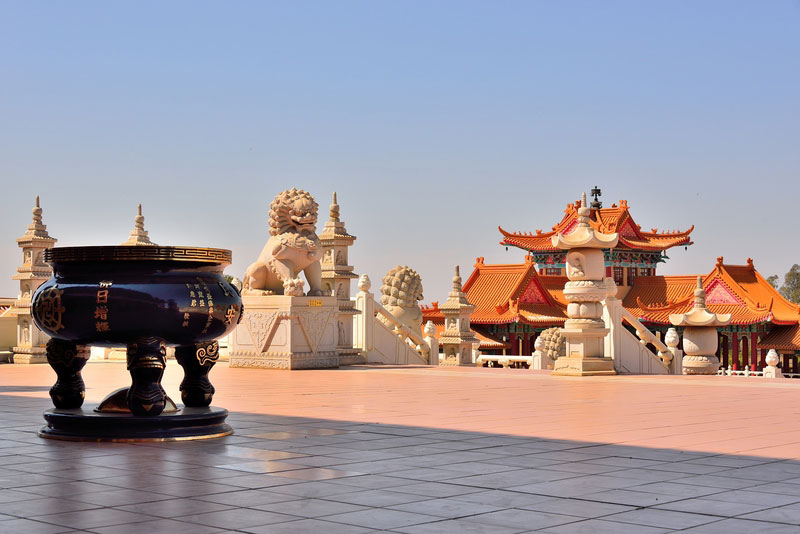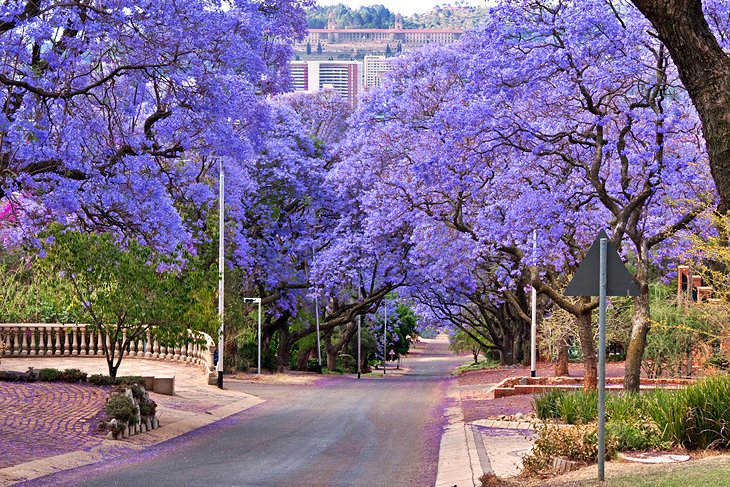Getting The Johannesburg North Attractions To Work
Getting The Johannesburg North Attractions To Work
Blog Article
The Greatest Guide To Johannesburg North Attractions
Table of ContentsIndicators on Johannesburg North Attractions You Should KnowSee This Report about Johannesburg North AttractionsJohannesburg North Attractions Fundamentals ExplainedJohannesburg North Attractions for DummiesNot known Facts About Johannesburg North AttractionsThings about Johannesburg North AttractionsThe 2-Minute Rule for Johannesburg North Attractions
You should keep protection in mind and visitors have to stay alert at all times when in unknown environments. Speak with the residents when you remain in town to learn about the area you are remaining in. Johannesburg North attractions. When on the road (this doesn't apply to mall and various other safe and secure atmospheres) best basic guidance is to try your best to look like a local and to stay clear of showing any kind of wealth
Indicators on Johannesburg North Attractions You Need To Know
Teacher Revil Mason O. J. (Thomson, 1946) discovered the Witwatersrand's pre-colonial history. His historical work exploded the 'em pty land' misconception, according to which the region was lacking human habitation before the arrival of European settlers. In his publications Prehistory of the Transvaal: A Record of Human Task (1962) and Origins of Black Individuals of Johannesburg and the Southern Western Central Transvaal AD 3501880 (1986 ), Professor Mason showed the extent of social and financial advancement in the area prior to Europeans established foot here.

Unknown Facts About Johannesburg North Attractions
He showed the government's permission, granted after he had vowed to maintain his explorations trick. In 1874, small-scale mining operations were begun in the Magaliesberg, where an Australian, Henry Lewis, had actually found gold down payments. In 1878, David Wardrop discovered gold in quartz veins at Zwartkop, north of Krugersdorp. In 1881, Stephanus Minnaar came throughout gold on the farm Kromdraai, near the Cradle of Mankind.
In March 1886, a protrusion (quickly to be called the Key Reef) was discovered, rather luckily, on Gerhardus Oosthuizen's ranch Langlaagte. Some say that the Lancastrian coal miner George Walker uncovered this reef. Another travelling English miner, George Harrison (who had previously operated in Australian mines) obtained a prospecting licence in respect of Langlaagte in May 1886.
He chose to relocate on in a mission for greener pastures, and disposed of his Langlaagte insurance claim for the baronial amount of 10. Alas: beneath lay the wealthiest goldfield ever discovered. The discovery of this abundant auriferous reef prompted a gold rush that signalled completion of bucolic tranquillity in the southern Transvaal.
It would, within six years, come to be the biggest town in southerly Africa. Within a decade, it would make the Z. A. R. up until then an anarchical and insolvent little state the richest nation in Africa. By the turn of the century, the Z. A. R. was to go beyond Russia, Australia and the United States of America to come to be the world's leading gold manufacturer, creating more than a quarter of the globe's gold.
What Does Johannesburg North Attractions Mean?
It was referred to as Ferreira's Camp, named after Colonel Ignatius Ferreira. He was a Boer traveler upon whom the British authorities had bestowed the status of Friend of the Many Differentiated Order of St Michael and St George (qualifying him to the post-nominal letters C. M. G.) in thankfulness for his duty in the battle that had deposed the Pedi king Sekhukhune in 1879.
Two various other camps were established: Meyer's Camp on the ranch Doornfontein, and Paarl Camp. The latter was nicknamed Afrikander Camp; several people from the Cape Nest settled there.

The Ultimate Guide To Johannesburg North Attractions
This name acquired currency by word of mouth, such that the State Secretary attested the name to the Mining Commissioner on 9 October 1886. Stands in the village were auctioned on 8 December 1886. While some stands were sold for 10, others were torn down for just sixpence.
Two years later on, these erven were to alter hands for as long as 750 each. The tented camps dwindled as a dorp of corrugated iron structures created this link and expanded north of the mines situated along the Key Reef Roadway. Areas such as Jeppe's Community (where working-class immigrants erected click for more info their dwellings) and Doornfontein (where the wealthy new 'Randlords' started to build their opulent residences) were quickly included to the ever-expanding map of the community.
How Johannesburg North Attractions can Save You Time, Stress, and Money.
In addition to the street names, there were no indicators of Johannesburg being located in a Dutch-speaking country. Numerous years later, C. W. Kearns O. J. (among the initial children signed up at St John's College in 1898) would certainly recall: 'An odd fact regarding Johannesburg was that, although it remained in the [Boer Republic], virtually everyone talked English and even the Government servants resolved one in English, unless they were very first dealt with in the Taal (or Low Dutch)'.
Britain had a passion in making sure optimal problems for gold production on the Witwatersrand, and that the gold was exported to London rather than Berlin a vital made all the extra clamant by the Z. A. R.'s boosting toenadering with Germany. Mine owners were on a clash with Head of state Kruger, whose plan of monopolistic concessions (typically approved to his cronies) protected against mining firms from procuring products of products (especially dynamite) and labour by themselves, less expensive terms
An Unbiased View of Johannesburg North Attractions
In 1890, the Volksraad had restricted the franchise to white males who had actually stayed in the Z. A. R. for fourteen view publisher site years or longer, thus invalidating many of the immigrants (who occurred to be the major factors to the fiscus). Frustration for the vote was a simple pretense for advertising a different agenda; many uitlanders regarded themselves as momentary site visitors and had no purpose of staying in the Z.
Report this page